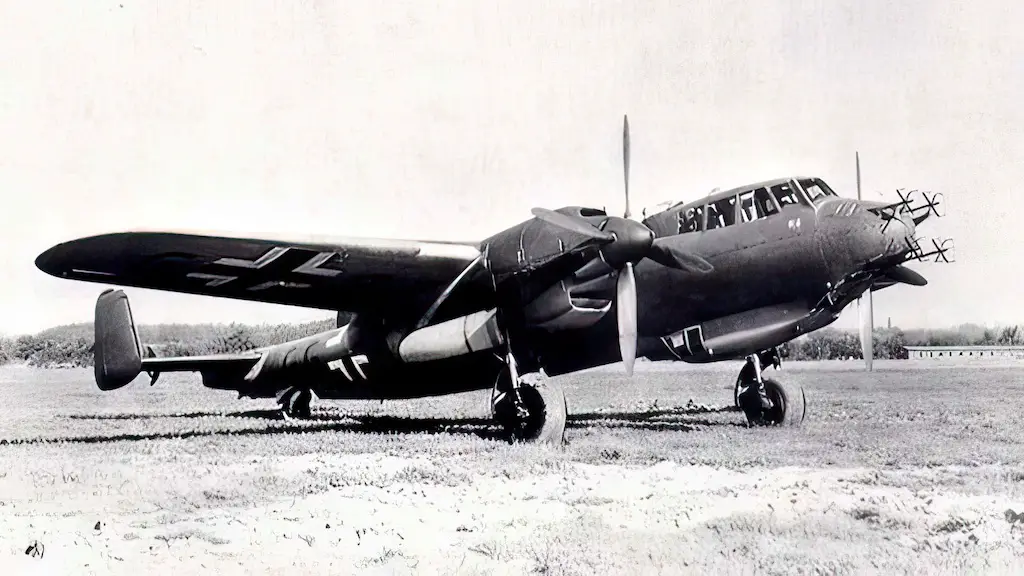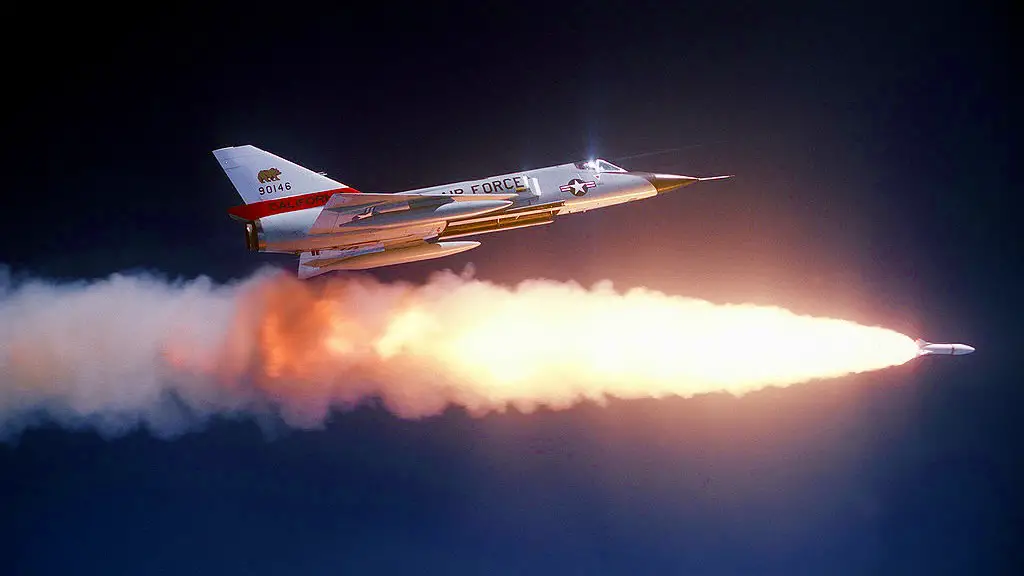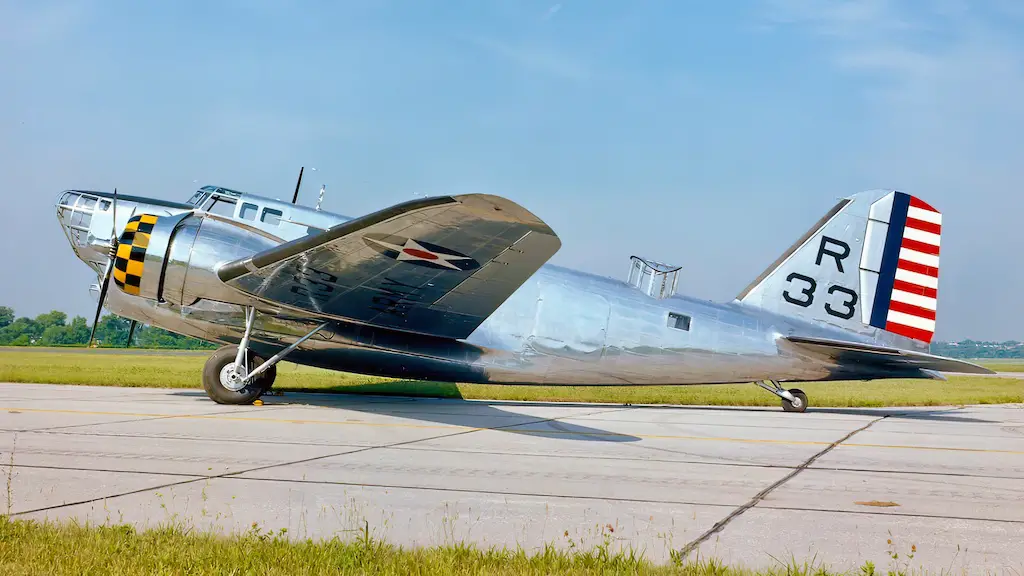The Messerschmitt Me 264, born during the crucible of World War II, remains an emblem of audacious engineering and imaginative innovation. Conceived to be a long-range strategic bomber, this aircraft aimed to transcend geographical barriers, delivering precise blows to distant enemy territories.
Yet, the turbulence of war, logistical intricacies, evolving priorities, and the ascent of fresh technologies hindered the Me 264 from ever truly taking to the skies. Its story unveils a legacy of untapped potential and imparts profound lessons to the future of aircraft design and progress.
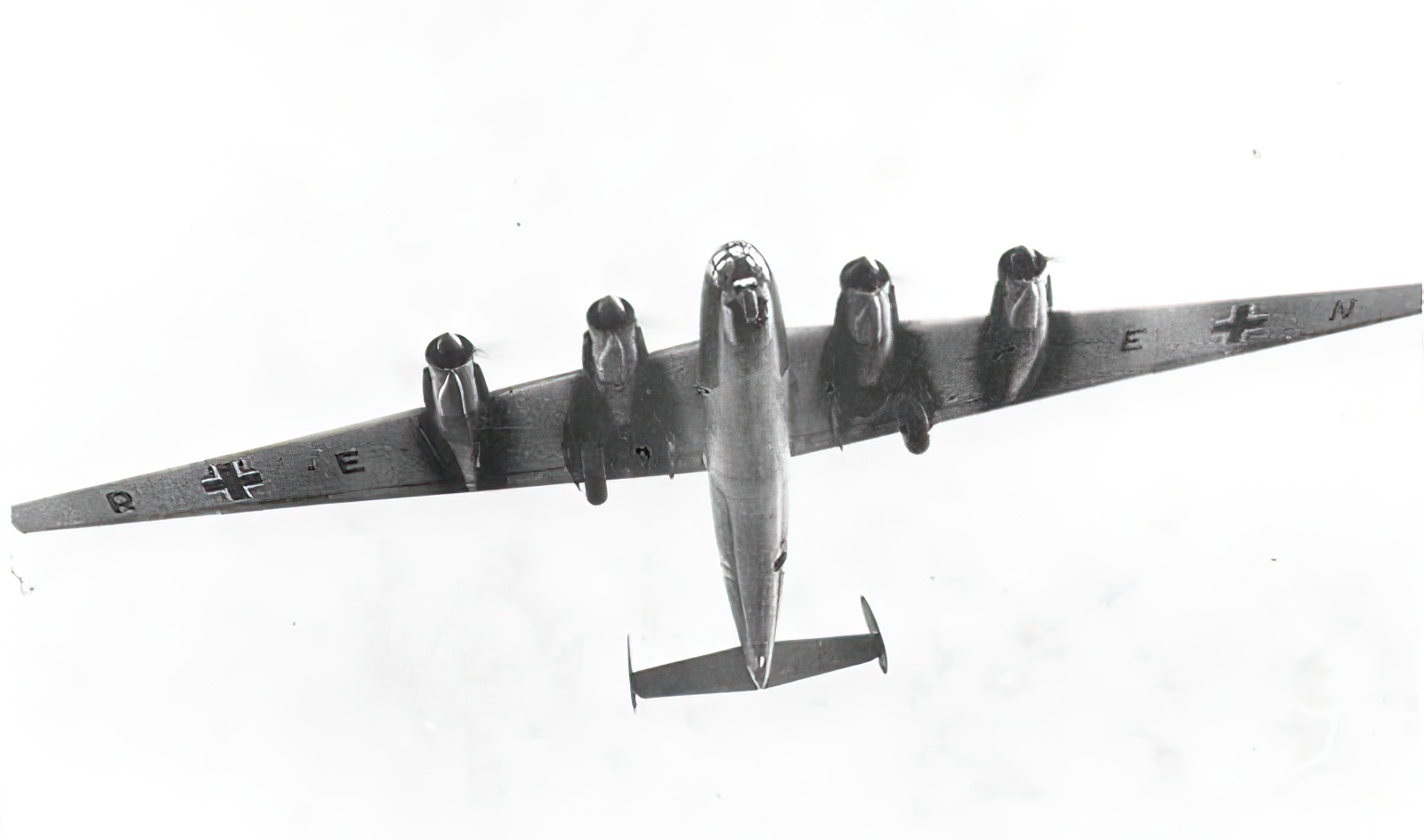
Design and Development
Conceived as a response to the growing need for a long-range bomber capable of reaching targets deep within enemy territory, the Messerschmitt Me 264 was designed to embody cutting-edge technology and innovative engineering principles. The aircraft boasted four engines mounted in twin nacelles beneath a high-wing configuration, providing it with impressive lifting capacity and the ability to accommodate a substantial payload. Its aerodynamic design was influenced by the knowledge gained from earlier Messerschmitt projects, resulting in an aircraft that could potentially cruise at high altitudes with a remarkable range.
The initial design phase took place in the early 1940s, and by 1942, the first prototype was under construction. The Me 264’s design incorporated features such as remote-controlled gun turrets, a pressurized cabin for its crew, and an advanced navigation system, all of which were intended to enhance its operational effectiveness on long-duration missions.
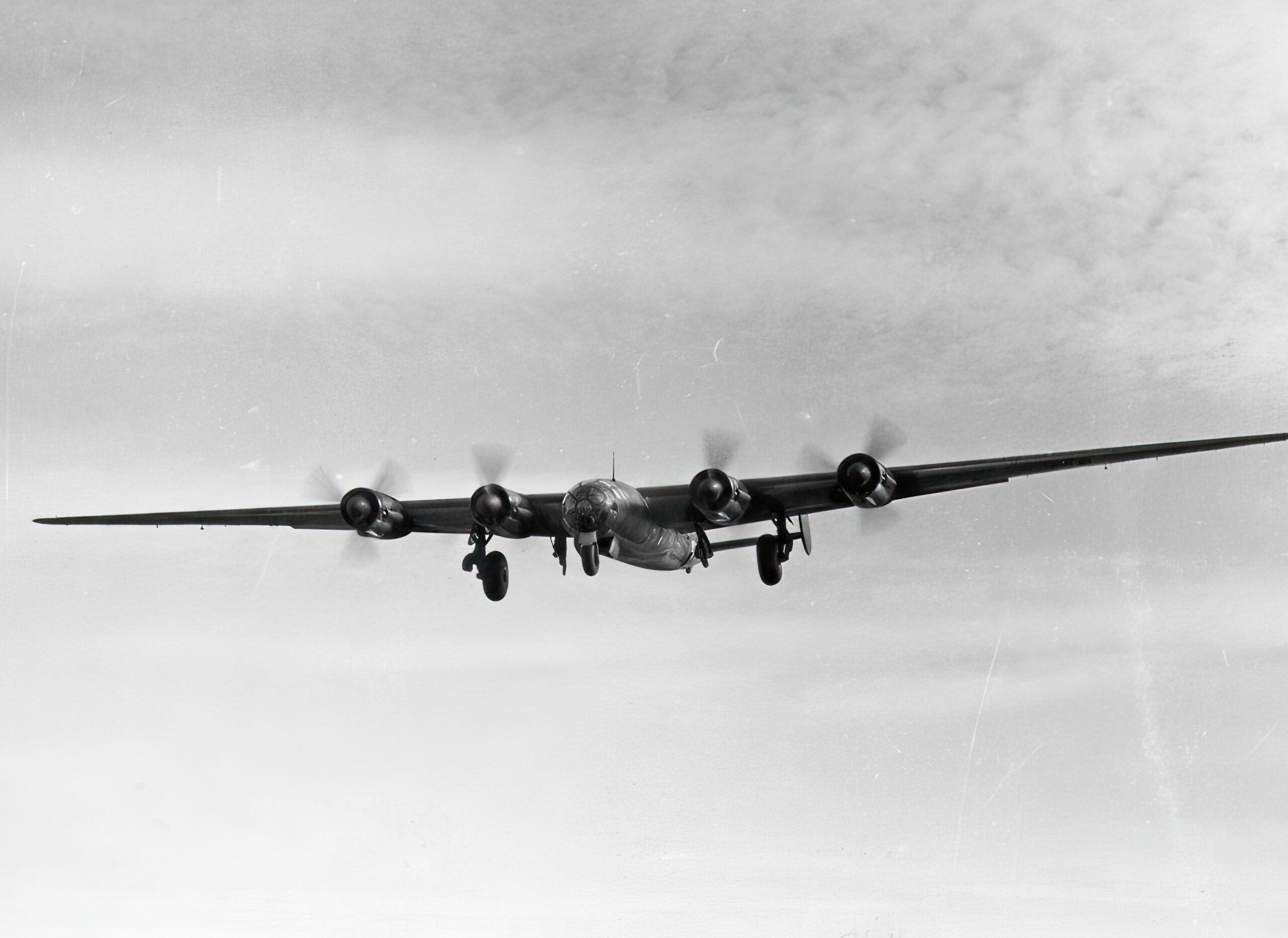
Long-Range Ambitions
One of the most compelling aspects of the Messerschmitt Me 264 was its intended range. With the ability to carry a sizable bomb load and fly over 5,600 miles the aircraft had the potential to strike targets deep within the United States or other distant locations. This capability was particularly significant in a time when the Axis powers sought ways to extend their reach and strike at their adversaries’ industrial and military centers.
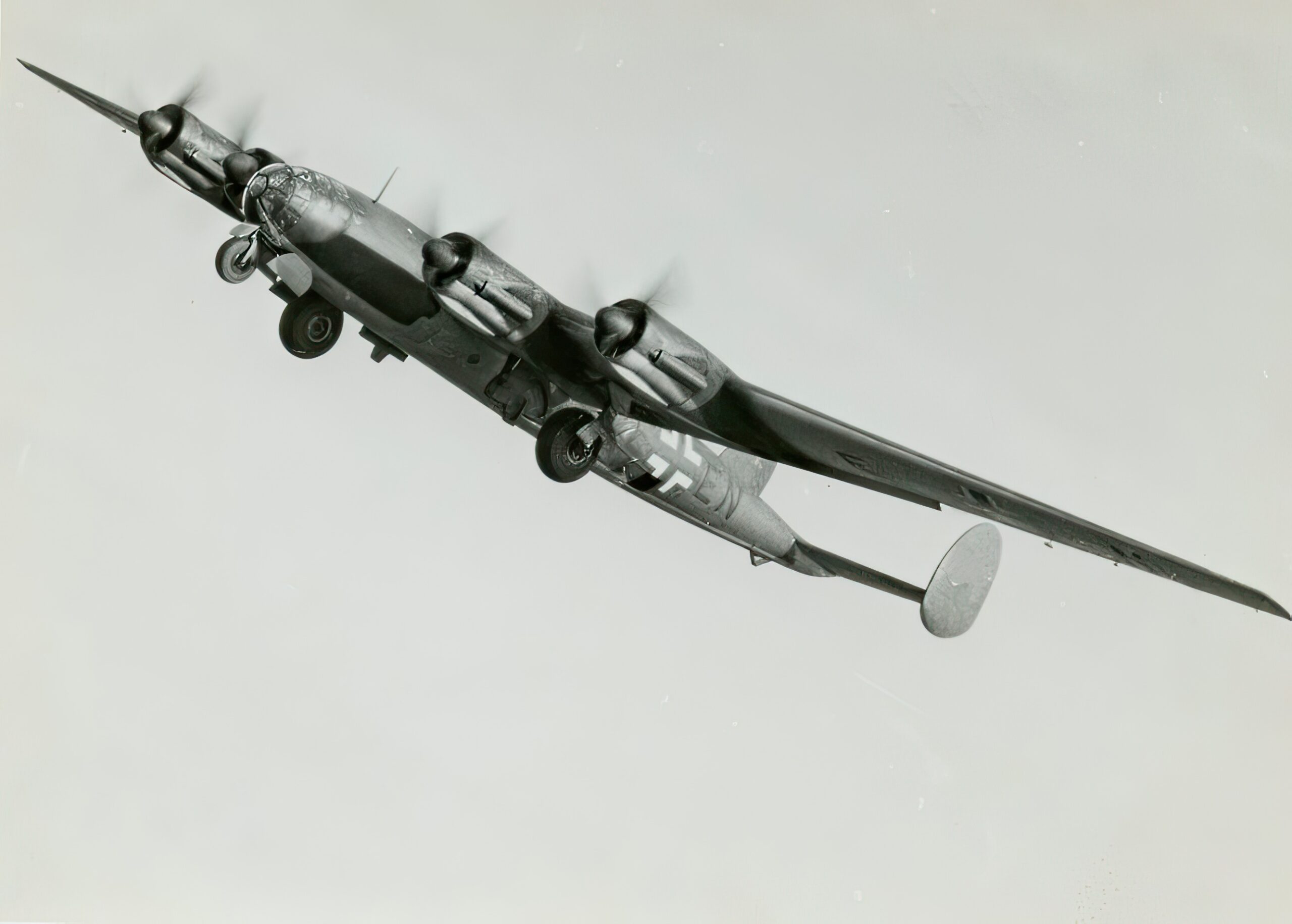
Logistical Challenges and Changing Priorities
However, despite its impressive design and potential, the Messerschmitt Me 264 encountered significant challenges that hindered its development and deployment. The complexity of its design posed manufacturing challenges, and the availability of critical resources, including skilled labor and materials, became increasingly limited as the war progressed. Additionally, the German war effort was gradually shifting its focus towards more immediate needs, such as fighter aircraft and ground support.
The emergence of jet propulsion technology further diverted resources and attention away from the Me 264 project. The German leadership recognized the potential of jet engines to revolutionize aviation, and as a result, resources were funneled into the development and production of jet-powered aircraft, which were seen as the future of air warfare.
Operational Constraints and the End of an Era
By the time the Me 264 prototypes were ready for testing, the strategic landscape had shifted significantly. Allied forces were making advances on multiple fronts, and Germany’s ability to launch long-range missions had been severely hampered. While the Me 264 did conduct a series of test flights, these occurred under increasingly challenging circumstances, as the aircraft’s intended role became less feasible.
The aircraft’s operational constraints and the shifting tides of war ultimately spelled the end of the Me 264 program. The last prototype, completed in 1944, saw limited testing and was eventually destroyed to prevent its capture by advancing Allied forces. As the war came to a close, the Messerschmitt Me 264 became a symbol of unfulfilled potential, a stark reminder of the technological ambitions that could not be fully realized due to the tumultuous conditions of the time.
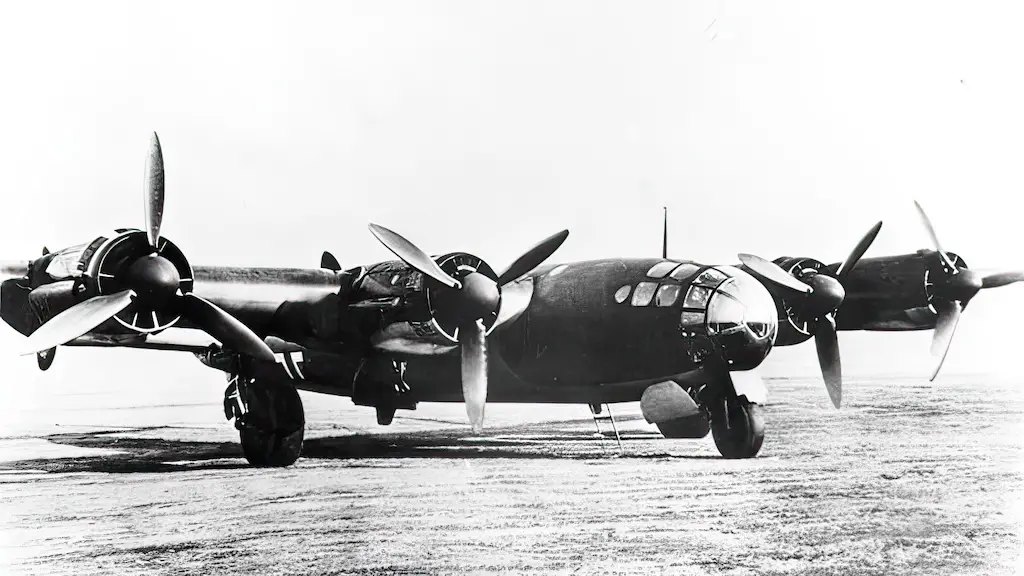
Legacy and Influence
While the Messerschmitt Me 264 never fulfilled its intended role as a long-range strategic bomber, its legacy endured in the minds of aviation enthusiasts and historians. The aircraft’s design principles, especially its emphasis on range and payload, would later influence the development of post-war aircraft. Concepts and technologies that emerged from the Me 264’s design would find their way into subsequent generations of aircraft, helping to shape the future of aviation.

